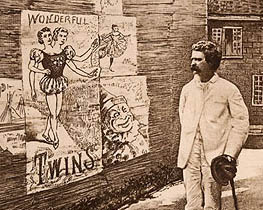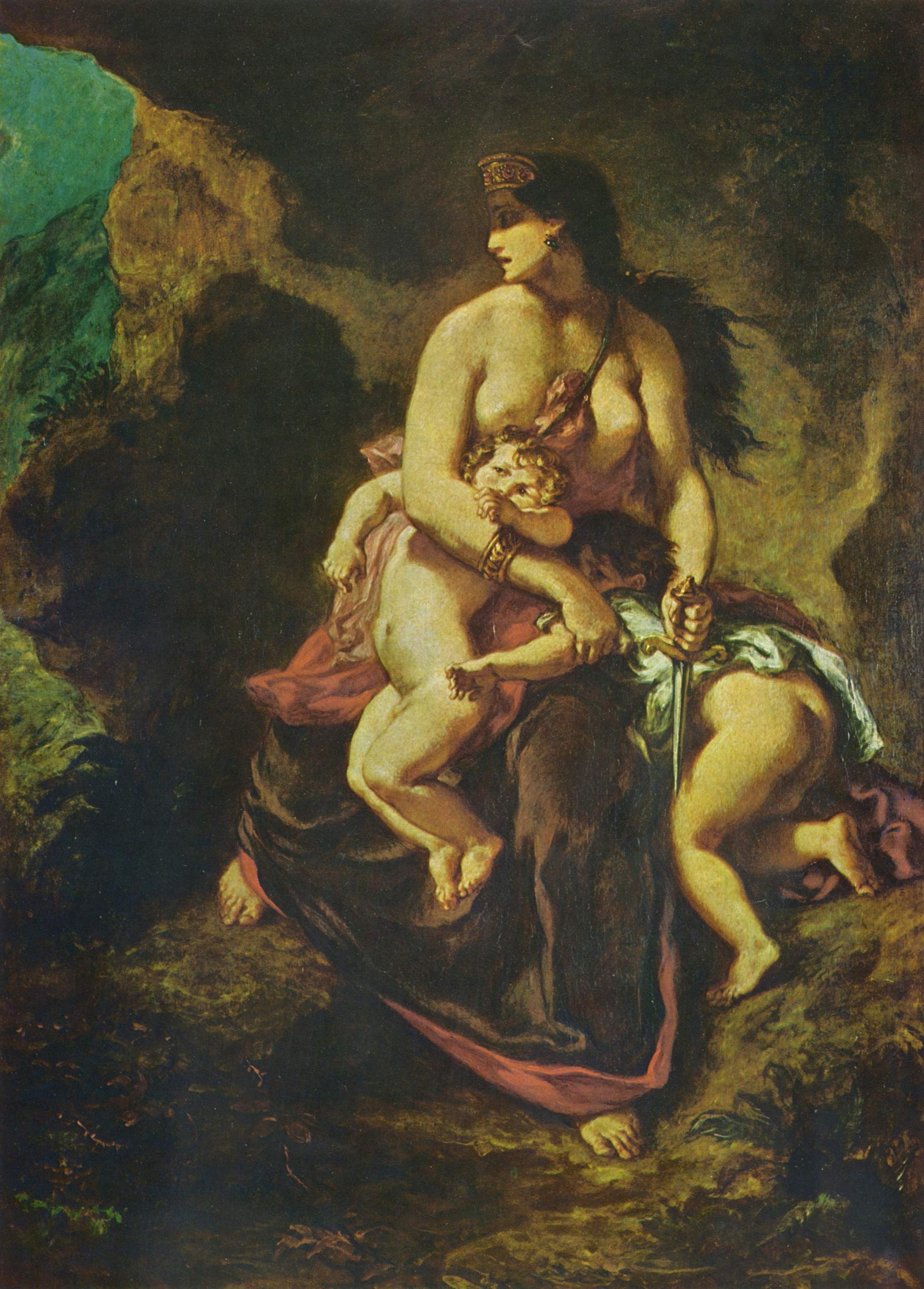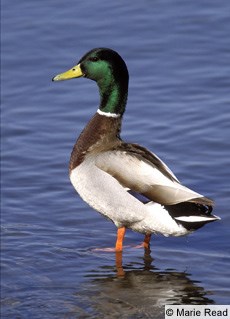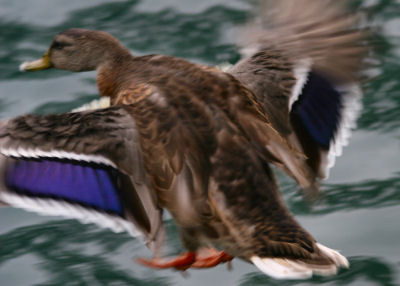
 So I'm in Pennsylvania for Thanksgiving, and my dad's girlfriend mentioned to me that I might enjoy the Mütter Museum at the College of Physicians of Philadelphia. Pronounced Mooter, the Mütter Museum was founded in 1859 thanks to a generous donation from Dr. Thomas Dent Mütter, a popular professor of surgery at Jefferson Medical College.
So I'm in Pennsylvania for Thanksgiving, and my dad's girlfriend mentioned to me that I might enjoy the Mütter Museum at the College of Physicians of Philadelphia. Pronounced Mooter, the Mütter Museum was founded in 1859 thanks to a generous donation from Dr. Thomas Dent Mütter, a popular professor of surgery at Jefferson Medical College. Just months before his death, Mütter gifted his extensive medical collection of over 1700 items - papier-maché models, anatomical illustrations, surgical tools, and medical specimens - to the College, along with an endowment of $30,000, on the condition that the College make the museum fire-proof within five years of its founding. Mütter is also known for being one of the earliest American plastic surgeons: he's renowned for his operations on clubfeet, cleft palates, and other congenital anomalies. For his use of the posterior cervical flap for grafting purposes in surgery, the flap was renamed the Mütter flap.
Just months before his death, Mütter gifted his extensive medical collection of over 1700 items - papier-maché models, anatomical illustrations, surgical tools, and medical specimens - to the College, along with an endowment of $30,000, on the condition that the College make the museum fire-proof within five years of its founding. Mütter is also known for being one of the earliest American plastic surgeons: he's renowned for his operations on clubfeet, cleft palates, and other congenital anomalies. For his use of the posterior cervical flap for grafting purposes in surgery, the flap was renamed the Mütter flap.(Note: cervical doesn't necessarily mean what I bet you think it does. Cervical actually means anything related to the neck... the more common use of cervical refers to the "neck" of the uterus. But the posterior cervical flap [or Mütter flap, as it were] is a section of skin found on the neck. The Mütter flap is now used regularly in reconstructive surgery.)
Once the Mütter Museum was up and running in 1863, their collection grew rapidly. In 1874, the museum acquired a plaster cast of Chang and Eng Bunker, conjoined twins from Siam (now Thailand - but the term 'Siamese twins' arose from the Bunkers' fame).
The Bunkers were born connected at the sternum in 1811 to a Chinese father and a half-Chinese, half-Malay mother. King Rama II of Siam ordered that the twins be put to death, deeming them a bad omen for the country, but the order was stalled, and the twins eventually fell into favor with the king's son and successor, King Rama III, who named them ambassadors.
(Side-note: both King Ramas had insanely long names. Here's King Rama II's full name: Phra Bat Somdet Phra Poramenthramaha Isarasundhorn Phra Buddha Loetla Nabhalai. No big deal.)
In 1829, a British trader named Robert Hunter discovered the twins swimming, and, seeing a lucrative opportunity, brought them to the United States to display them in sideshows around the world.
 Ultimately, the twins joined P.T. Barnum's circus until 1839, when they retired, purchased a plantation (complete with slaves and all) in North Carolina, and changed their last name to Bunker. In 1843, they married sisters named Adelaide and Sarah Anne Yates (Chang took Adelaide, with whom he had 10 children; Eng ended up with Sarah Anne - they had 11), much to the chagrin of local townspeople, who wanted the twins surgically separated (I guess the wives were into it, though, because they protested, and Chang and Eng remained connected). The sisters fought constantly though, so eventually the twins bought another house and began spending three days a week with one wife and the rest of the week with the other.
Ultimately, the twins joined P.T. Barnum's circus until 1839, when they retired, purchased a plantation (complete with slaves and all) in North Carolina, and changed their last name to Bunker. In 1843, they married sisters named Adelaide and Sarah Anne Yates (Chang took Adelaide, with whom he had 10 children; Eng ended up with Sarah Anne - they had 11), much to the chagrin of local townspeople, who wanted the twins surgically separated (I guess the wives were into it, though, because they protested, and Chang and Eng remained connected). The sisters fought constantly though, so eventually the twins bought another house and began spending three days a week with one wife and the rest of the week with the other."The Siamese Twins are naturally tender and affectionate in disposition, and have clung to each other with singular fidelity throughout a long and eventful life. Even as children they were inseparable companions; and it was noticed that they always seemed to prefer each other's society to that of any other persons. They nearly always played together; and, so accustomed was their mother to this peculiarity, that, whenever both of them chanced to be lost, she usually only hunted for one of them-- satisfied that when she found that one she would find his brother somewhere in the immediate neighborhood. And yet these creatures were ignorant and unlettered-barbarians themselves and the offspring of barbarians, who knew not the light of philosophy and science. What a withering rebuke is this to our boasted civilization, with its quarrelings, its wranglings, and its separations of brothers!"
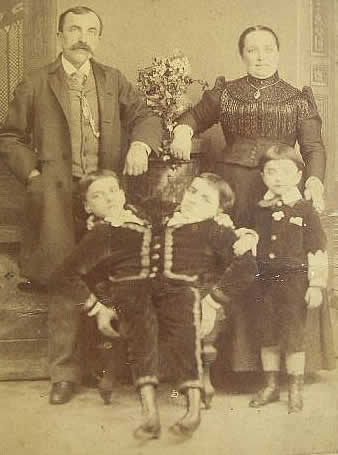 Born in Italy in 1877 with four arms and two heads, but only one set of legs and reproductive organs between them, Giacomo and Giovanni Batista Tocci began touring the world at four months old, billed as "The Greatest Wonder of Nature". Throughout their lives, the Tocci brothers were the subject of intense medical examination, and a December 1891 Scientific American article describing their behavior endures to this day: according to the article, Giovanni was the more artistic and extroverted of the twins, and drank lots of beer, while Giacomo was introverted, prone to temper tantrums, and liked mineral water. They never learned to walk with their two legs, so instead they would walk around on all six of their limbs. In 1908, or thereabouts, they stirred up controversy by marrying two separate women in spit of their only having one set of genitalia.
Born in Italy in 1877 with four arms and two heads, but only one set of legs and reproductive organs between them, Giacomo and Giovanni Batista Tocci began touring the world at four months old, billed as "The Greatest Wonder of Nature". Throughout their lives, the Tocci brothers were the subject of intense medical examination, and a December 1891 Scientific American article describing their behavior endures to this day: according to the article, Giovanni was the more artistic and extroverted of the twins, and drank lots of beer, while Giacomo was introverted, prone to temper tantrums, and liked mineral water. They never learned to walk with their two legs, so instead they would walk around on all six of their limbs. In 1908, or thereabouts, they stirred up controversy by marrying two separate women in spit of their only having one set of genitalia.
In 1893, the Toccis prompted Mark Twain to set about writing "Those Extraordinary Twins", the story of Luigi and Angelo Capello, a pair of conjoined twins from Italy. In the preface, he says:
But "Those Extraordinary Twins" posed frustration for Twain - he meant for the story to be humorous and light, but as he developed the narrative, he found himself more interested in the minor characters he had created, whose plots, he felt, merited a more serious tone. In his remarks at the end of the story, he writes:"I had seen a picture of a youthful Italian "freak" or "freaks" which was—or which were—on exhibition in our cities—a combination consisting of two heads and four arms joined to a single body and a single pair of legs—and I thought I would write an extravagantly fantastic little story with this freak of nature for hero—or heroes—a silly young miss for heroine, and two old ladies and two boys for the minor parts."
"As you see, it was an extravagant sort of a tale, and had no purpose but to exhibit that monstrous 'freak' in all sorts of grotesque lights. But when Roxy wandered into the tale she had to be furnished with something to do; so she changed the children in the cradle; this necessitated the invention of a reason for it; this, in turn, resulted in making the children prominent personages--nothing could prevent it of course. Their career began to take a tragic aspect, and some one had to be brought in to help work the machinery; so Pudd'nhead Wilson was introduced and taken on trial. By this time the whole show was being run by the new people and in their interest, and the original show was become side-tracked and forgotten; the twin-monster, and the heroine, and the lads, and the old ladies had dwindled to inconsequentialities and were merely in the way. Their story was one story, the new people's story was another story, and there was no connection between them, no interdependence, no kinship. It is not practicable or rational to try to tell two stories at the same time; so I dug out the farce and left the tragedy."
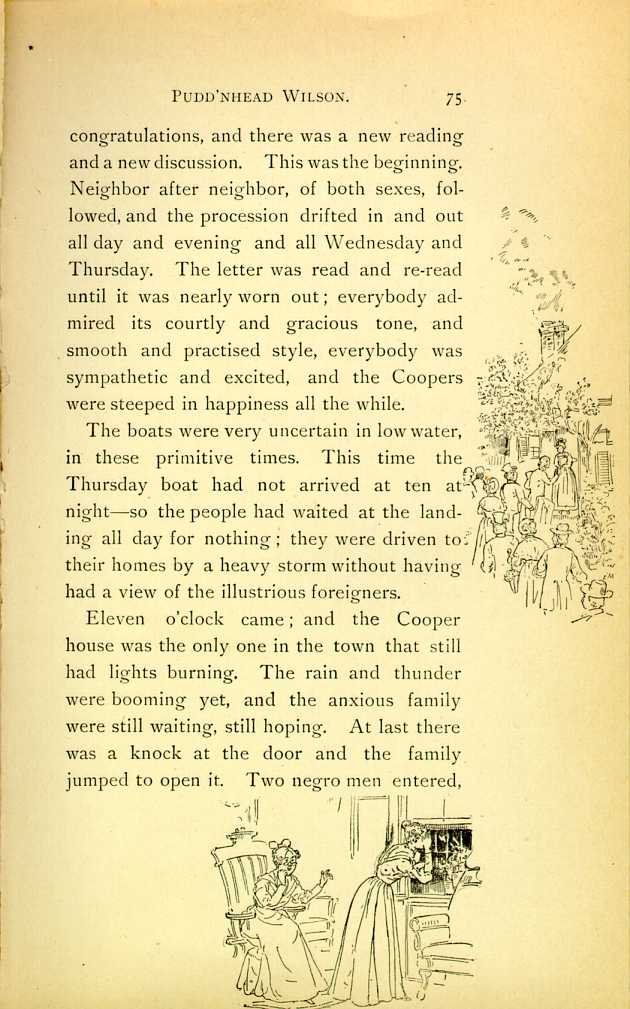 ***SPOILER ALERT***
***SPOILER ALERT***After two decades, her master having died, Roxy finds herself freed. She saves money by working on river boats, but her bank fails and she loses all her earnings. She returns to Dawson's Landing and admits to Tom that she is in fact his biological mother, blackmailing him into giving her financial support. Also in Dawson's Landing at the time are the final incarnations of the Capello brothers: Luigi and Angelo are identical (separated) twins from Italy who make a living doing sideshows.
Tom, who is knee-deep in gambling debts, decides to make some fast cash by burglarizing his uncle, Judge Driscoll. Disguised as a woman, and brandishing a valuable Indian knife that he stole from the twins, Tom breaks into his uncle's home and winds up murdering him. Luigi and Angelo are within earshot of the judge's screams and rush to the scene, but they are too late - Tom is gone and Judge Driscoll is dead.
The townspeople discover the twins standing over the bloodied corpse, their knife lying beside it, and the brothers are immediately presumed to be the murderers. Pudd'nhead Wilson represents Luigi and Angelo in their trial, and, using forensic evidence gathered from fingerprinting (a fairly novel technique for the time), proves both the twins' innocence and Tom's guilt. Tom's true identity as a slave is revealed, and he is sold down river to pay off his debt. Chambers, meanwhile, regains his status as a white man, but, having been raised as a slave, never really adjusts to the change.
Well, that's probably more than you ever wanted to know about famous conjoined twins in American history, but if it makes you feel any better, I'll probably never talk about them again.
- Totam Post about the Mütter
- Mütter Museum Twitter
- Fresh Air: On the Mütter Museum
- The Mütter Museum: One of the 10 Most Horrible Places on Earth
- 2003 Film about Dr Mütter
- Virtual Tour of the Mütter
- Get the Mütter Book on Amazon
- Human Marvels: The Tocci Twins
- Twain's 1895 Talk w/ NY Herald about Twins
- UVA's Fantastic Twain Site




